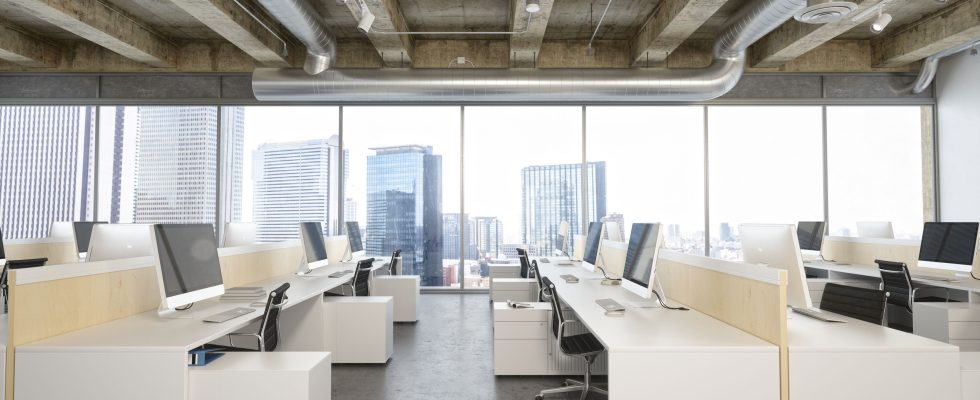On the right side, the openness to the world, the broken down walls, the space conducive to discussions from which the best springs forth. On the other hand, limit the cost of square meters. On the head side, cozy places to talk, but on the front side, the exasperated face of a colleague who screams that she can no longer concentrate. Headphones on the right side to listen to your music loudly I’m worse at what I do best/And for this gift I feel blessed/Our little group it’s always been/And always will until the end/Hello, Hello… Nirvana style and being close to this “little group”. On the other hand, the inquisitive looks from these same colleagues when we call a little too much and, some days, it’s a fight for places. Open space in flex office mode appeared during the pandemic: considered impersonal, not conducive to concentration and generating isolation, 63% of employees say they prefer to work in a closed office (“My post-confinement III office”, Workplace Chair Management of ESSEC, April 2021). The manager must, however, work on this open/flex acculturation, as complicated as it may be.
Open spaces complemented by closed rooms
Researchers have also found that noise distraction and loss of “private time” (privacy) are the main causes of dissatisfaction in open spaces, which are not compensated by the ease of communication and interaction (J. Kim, R. Dear, Workspace satisfaction: “The privacy-communication trade-off in openplan offices “, Journal of Environmental Psychology, 2013). For other experts, a noisy environment can lead to a 14% drop in productivity or 247 hours per year… while the provision of quiet rooms reduces stress and cognitive exhaustion while increasing productivity by 16 % (H. Jahncke, D. Hallman, “Objective measures of cognitive performance in activity-based workplaces and traditional office types”, Journal of Environmental Psychology2020).
The Khardam group (creations of work spaces) advises to “design, alongside open work spaces, spaces which will satisfy the need for [moments privés] occupants” (White Paper, “10 preconceived ideas about work spaces”, 2023). Hearing about a teenager running away, a separation or fungal infections is an intimate matter and bothers both the person concerned and the listener. The manager must accept that private life remains private and that the personal phone call is made in an isolated place. He must check that everything is fine in the open space, particularly for those who have difficulty supporting these conditions in XXL community. He must campaign for the maintenance or creation of closed rooms (6 people maximum) so that his colleagues can recharge their batteries there. Reserve them regularly so that they vary between the two atmospheres (three with teleworking) and organize with a certain autonomy tasks to be accomplished and interactions. It can also encourage them to come when there are fewer people on site in order to benefit from space, conviviality and controlled noise.
Rehumanize the unassigned office
73% of employees who were already working in flex office before the health crisis said they were reluctant to return to face-to-face work, under the same conditions as before (“My office post-confinement III”, Essec). The reason is simple, according to Khardam: “the flex office almost always obeys a logic of team territories, the employee fearing being lost and not finding his colleagues… The modification of the spatial references of individuals in an organization creates psychological discomfort. Conclusion: “it is essential to redefine the place and role of middle management in such work contexts and the reappropriation of principles and work spaces by employees constitutes a key factor in the success of the project”.
Thus, the manager must encourage exchanges with other people in the company, but remain attentive to the spirit of his team which must regularly be gathered in the same area, also ritualizing the face-to-face meeting. Think about integrating the new ones well. Who knows ? Perhaps we will find the best there: 61% of us consider that happiness at work is more important than salary and 57% declare that having a “best friend at work” would make it more pleasant. , with increased productivity and creativity (“Friends & happiness in the workplace survey, & Stats”, Wildgoose, October 2019).
.
